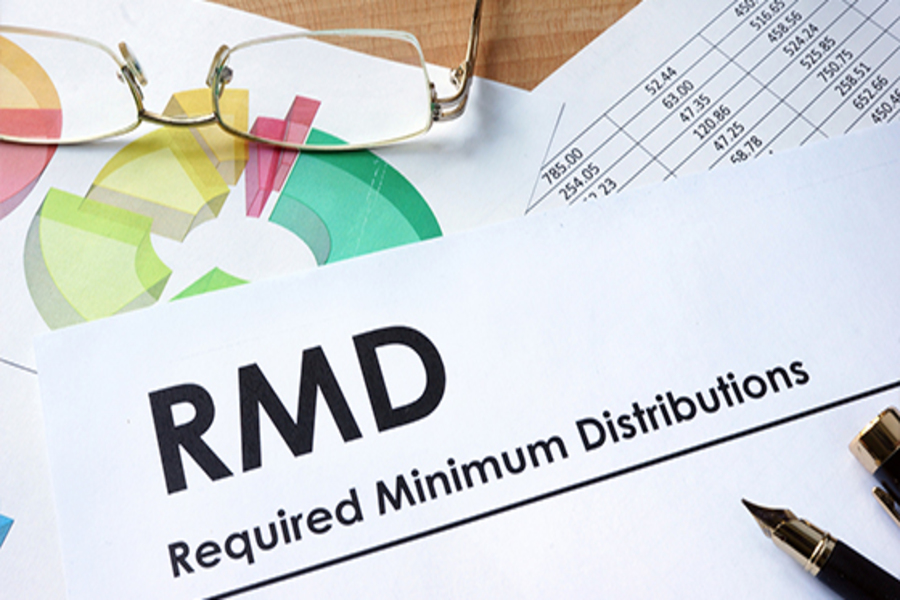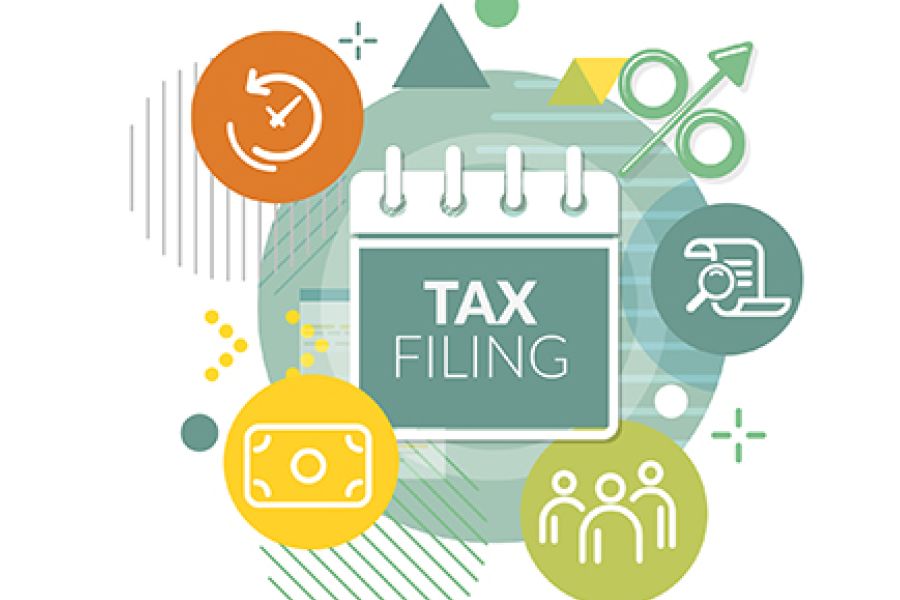Although electric vehicles (or EVs) are a small percentage of the cars on the road today, they’re increasing in popularity all the time. And if you're buying an electric vehicle, you may be eligible for a federal tax break. The tax code provides a credit to purchasers of qualifying plug-in electric drive motor vehicles including passenger vehicles and light trucks. The credit is equal to $2,500 plus an additional amount, based on battery capacity, that can’t exceed $5,000. Therefore, the maximum credit allowed for a qualifying EV is $7,500. The EV definition For purposes of the tax credit, a qualifying vehicle is defined as one with four wheels that’s propelled to a significant extent by an electric motor, which draws electricity from a battery. The battery must have...

If you have a traditional IRA or tax-deferred retirement plan account, you probably know that taking required minimum distributions (RMDs) is mandatory when you reach a certain age — or you’ll be penalized. The CARES Act, which passed last March, allowed people to skip taking these withdrawals in 2020 but now that we’re in 2021, RMDs must be taken again. The basics Once you attain age 72 (or age 70½ before 2020), you must begin taking RMDs from your traditional IRAs and certain retirement accounts, including 401(k) plans. In general, RMDs are calculated using life expectancy tables published by the IRS. If you don’t withdraw the minimum amount each year, you may have to pay a 50% penalty tax on what you should have taken out —...
Attending college is one of the biggest investments that parents and students ever make. If you or your child (or grandchild) attends (or plans to attend) an institution of higher learning, you may be eligible for tax breaks to help foot the bill. The Consolidated Appropriations Act, which was enacted recently, contains some revised tax benefits for higher education. Here’s a rundown of what has changed. Deductions vs. credits Before the new law, there were tax breaks available for qualified education expenses including the: Tuition and Fees Deduction, Lifetime Learning Credit, and American Opportunity Tax Credit Tax credits are generally better than tax deductions. The difference? A tax deduction reduces your taxable income while a tax credit reduces the amount of taxes you owe on a dollar-for-dollar basis. First, let’s...
The IRS opened the 2020 individual income tax return filing season on February 12. (This is later than in past years because of a new law that was enacted late in December.) Even if you typically don’t file until much closer to the April 15 deadline (or you file for an extension), consider filing earlier this year. Why? You can potentially protect yourself from tax identity theft — and there may be other benefits, too. How is a person’s tax identity stolen? In a tax identity theft scheme, a thief uses another individual’s personal information to file a fraudulent tax return early in the filing season and claim a bogus refund. The real taxpayer discovers the fraud when he or she files a return and is told by...
When it comes to taxes, December 31 is more than just New Year’s Eve. That date will affect the filing status box that will be checked on your 2020 tax return. When filing a return, you do so with one of five tax filing statuses. In part, they depend on whether you’re married or unmarried on December 31. More than one filing status may apply, and you can use the one that saves the most tax. It’s also possible that your status could change during the year. Here are the filing statuses and who can claim them: Single. This is generally used if you’re unmarried, divorced or legally separated under a divorce or separate maintenance decree governed by state law. Married filing jointly. If you’re married, you can...
The new COVID-19 relief law that was signed on December 27, 2020, contains a multitude of provisions that may affect you. Here are some of the highlights of the Consolidated Appropriations Act, which also contains two other laws: the COVID-related Tax Relief Act (COVIDTRA) and the Taxpayer Certainty and Disaster Tax Relief Act (TCDTR). Direct payments The law provides for direct payments (which it calls recovery rebates) of $600 per eligible individual ($1,200 for a married couple filing a joint tax return), plus $600 per qualifying child. The U.S. Treasury Department has already started making these payments via direct bank deposits or checks in the mail and will continue to do so in the coming weeks. The credit payment amount is phased out at a rate of $5...
Contributing to a tax-advantaged retirement plan can help you reduce taxes and save for retirement. If your employer offers a 401(k) or Roth 401(k) plan, a decision to maximize your 401(k) Plan can be a smart way to build a substantial sum of money. If you’re not already contributing the maximum allowed, consider increasing your contribution rate. Because of tax-deferred compounding (tax-free in the case of Roth accounts), boosting contributions can have a major impact on the size of your nest egg at retirement. With a 401(k), an employee makes an election to have a certain amount of pay deferred and contributed by an employer on his or her behalf to the plan. The contribution limit for 2020 is $19,500. Employees age 50 or older by year...
You may be able to deduct some of your medical expenses, including prescription drugs, on your federal tax return. However, the rules make qualifying for a medical expense tax deduction difficult for many people to qualify. But with proper planning, you may be able to time discretionary medical expenses to your advantage for tax purposes. Itemizers must meet a threshold For 2020, the medical expense deduction can only be claimed to the extent your unreimbursed costs exceed 7.5% of your adjusted gross income (AGI). This threshold amount is scheduled to increase to 10% of AGI for 2021. You also must itemize deductions on your return in order to claim a deduction. If your total itemized deductions for 2020 will exceed your standard deduction, moving or “bunching” non-urgent medical...
Are you thinking about selling stock shares at a loss to offset gains that you’ve realized during 2020? If so, it’s important to avoid wash sales if selling stock by year-end. IRS may disallow the loss Under this rule, if you sell stock or securities for a loss and buy substantially identical stock or securities back within the 30-day period before or after the sale date, the loss can’t be claimed for tax purposes. The rule is designed to prevent taxpayers from using the tax benefit of a loss without parting with ownership in any significant way. Note that the rule applies to a 30-day period before or after the sale date to prevent “buying the stock back” before it’s even sold. (If you participate in any...
Although planning is needed to help build the biggest possible nest egg in your traditional IRA (including a SEP-IRA and SIMPLE-IRA), it’s even more critical that you plan for withdrawals from these tax-deferred retirement vehicles. There are three areas where knowing the fine points of the IRA distribution rules can make a big difference in how much you and your family will keep after taxes. Here are some things to know when taking a traditional IRA distribution. Early distributions What if you need to take money out of a traditional IRA before age 59½? For example, you may need money to pay your child’s education expenses, make a down payment on a new home or meet necessary living expenses if you retire early. In these cases, any...











